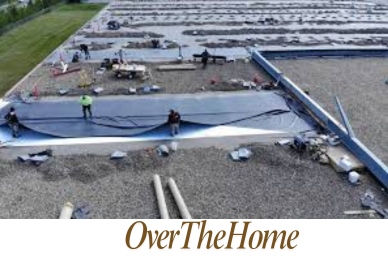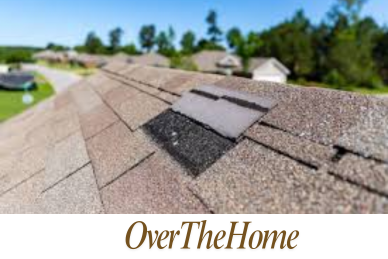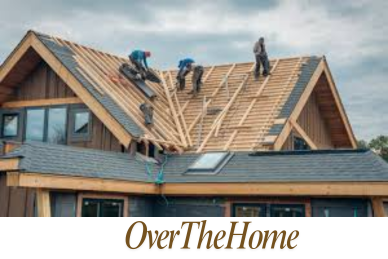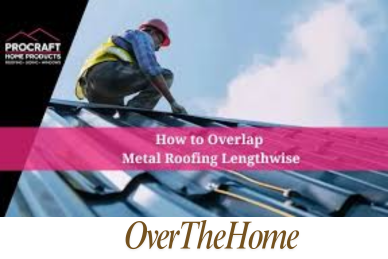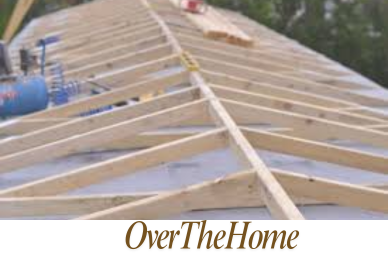Roof Turbine Not Spinning: How to Fix It
Have you noticed your roof turbine sitting motionless, even on a breezy day? This common issue can lead to poor ventilation or reduced energy production, depending on your turbine type. In this article, we’ll explain why your roof turbine isn’t spinning and provide practical solutions to get it whirling again.
What Causes Motion Turbines to Sit Motionless
Insufficient Wind
The most obvious reason for a motionless turbine is a lack of wind. Most roof turbines require a minimum wind speed of 5-8 mph to start spinning. To determine if this is your issue, consider using an anemometer to measure wind speed at your roof level.
Wind Direction Issues
While ventilation turbines are generally omnidirectional, electricity-generating turbines often need to face the prevailing wind direction. If your area experiences changing wind patterns, this misalignment could cause periods of inactivity.
Obstructions
Nearby trees, buildings, or other structures can block wind flow to your turbine. As a rule of thumb, your turbine should be at least 30 feet higher than any object within a 500-foot radius.
| Obstruction Type | Minimum Distance | Minimum Height Above Obstruction |
| Trees | 100 feet | 20 feet |
| Buildings | 200 feet | 30 feet |
| Other structures | Varies | 1.5x structure height |
Table: Recommended Clearances for Roof Turbines
Physical Damage
Weather, birds, or flying debris can damage your turbine. A thorough visual inspection can reveal dents, cracks, or broken vanes that might impede rotation.
End of Life
Like all mechanical devices, roof turbines have a finite lifespan. Ventilation turbines typically last 10-20 years, while electricity-generating turbines can function for 20-25 years with proper maintenance.
Specific Causes for Ventilation Turbines
Seized Bearings
One of the most common issues for ventilation turbines is seized bearings. Over time, lack of lubrication or dirt buildup can cause the bearings to stick, preventing the turbine from spinning freely.
To check for this issue, try gently spinning the turbine by hand (ensure the wind isn’t blowing). If it feels stiff or doesn’t spin smoothly, seized bearings are likely the culprit.
Debris Blockage
Leaves, twigs, or even small animals can sometimes find their way into your turbine, blocking its movement. A visual inspection from the ground or roof (if safe) can often reveal this problem.
Specific Causes for Electricity Generation Turbines
Braking System Engagement
Many electricity-generating turbines have a braking system to stop the blades during maintenance or extreme weather. Sometimes, this system can engage accidentally. Consult your turbine’s manual to learn how to identify and disengage the brake safely.
Electrical Connection Issues
Loose wires, tripped breakers, or damaged connections can prevent your turbine from functioning correctly. However, it’s crucial to note that these issues should only be addressed by a qualified electrician.
Mechanical Issues
More complex problems like bearing failure or gearbox malfunction can occur in electricity-generating turbines. These issues often require professional diagnosis and repair.
Sensor Faults
Modern wind turbines use sensors to monitor wind speed and direction. Faulty sensors can prevent the turbine from starting or optimizing its position.
Inverter Problems
The inverter, which converts DC power from the turbine to AC power for your home, can sometimes malfunction. Signs of inverter issues include error messages on the control panel or a lack of power output despite the turbine spinning.
How to Troubleshoot Turbine Not Spinning
Visual Inspection
Start with a thorough visual inspection. Look for:
- Visible damage to the turbine blades or housing
- Debris caught in the turbine
- Signs of rust or corrosion
- Loose or damaged mounting hardware
Consult the Manual
Your turbine’s manual is an invaluable resource. It often contains model-specific troubleshooting steps and maintenance guidelines.
Basic Maintenance
For ventilation turbines, regular cleaning and lubrication can solve many issues. Use a soft brush to remove debris, and apply a silicone-based lubricant to the bearings according to the manufacturer’s instructions.
Testing Rotation
On a calm day, try gently spinning the turbine by hand. It should rotate smoothly and continue spinning for a few moments. If it stops abruptly or feels stiff, there may be an issue with the bearings or internal components.
Frequently Asked Questions
Do roof turbines leak?
While properly installed roof turbines are designed to prevent leaks, they can occasionally allow water ingress during heavy, wind-driven rain. Most turbines have built-in features to minimize this risk, such as drainage channels and weatherproof seals. However, if you notice leaks, it’s crucial to have a professional inspect the installation and flashing around the turbine base.
Do roof turbines need to be level?
Ideally, roof turbines should be installed as level as possible to ensure optimal performance and longevity. A slight tilt (up to about 5 degrees) is generally acceptable and sometimes unavoidable due to roof pitch. However, a significantly unlevel installation can cause premature wear on bearings and reduce efficiency.
How many roof turbines do I need?
The number of roof turbines needed depends on your attic size and local building codes. A general rule of thumb is one turbine per 1,000 square feet of attic space. However, factors like roof pitch, existing ventilation, and local climate can affect this. It’s best to consult with a roofing professional to determine the optimal number for your specific situation.
Why is my roof turbine squeaking?
A squeaking roof turbine usually indicates that the bearings need lubrication or have worn out. This is a common issue, especially in older turbines or those in harsh environments. Apply a silicone-based lubricant to the bearings as per the manufacturer’s instructions. If the squeaking persists, the bearings may need replacement.
Are turbines 100% efficient?
No mechanical device, including turbines, can be 100% efficient due to factors like friction and air resistance. Wind turbines for electricity generation typically have a maximum theoretical efficiency of about 59% (known as the Betz limit), with real-world efficiencies often between 30-45%. Ventilation turbines don’t have standardized efficiency measurements, but they’re generally considered effective for their purpose when properly installed and maintained.
End Notes
A non-spinning roof turbine can be frustrating, but with this guide, you’re well-equipped to diagnose and address the issue. Remember, safety should always be your top priority. When in doubt, don’t hesitate to consult a professional. Regular maintenance and timely repairs will keep your turbine spinning efficiently, improving your home’s ventilation or energy production for years to come.

